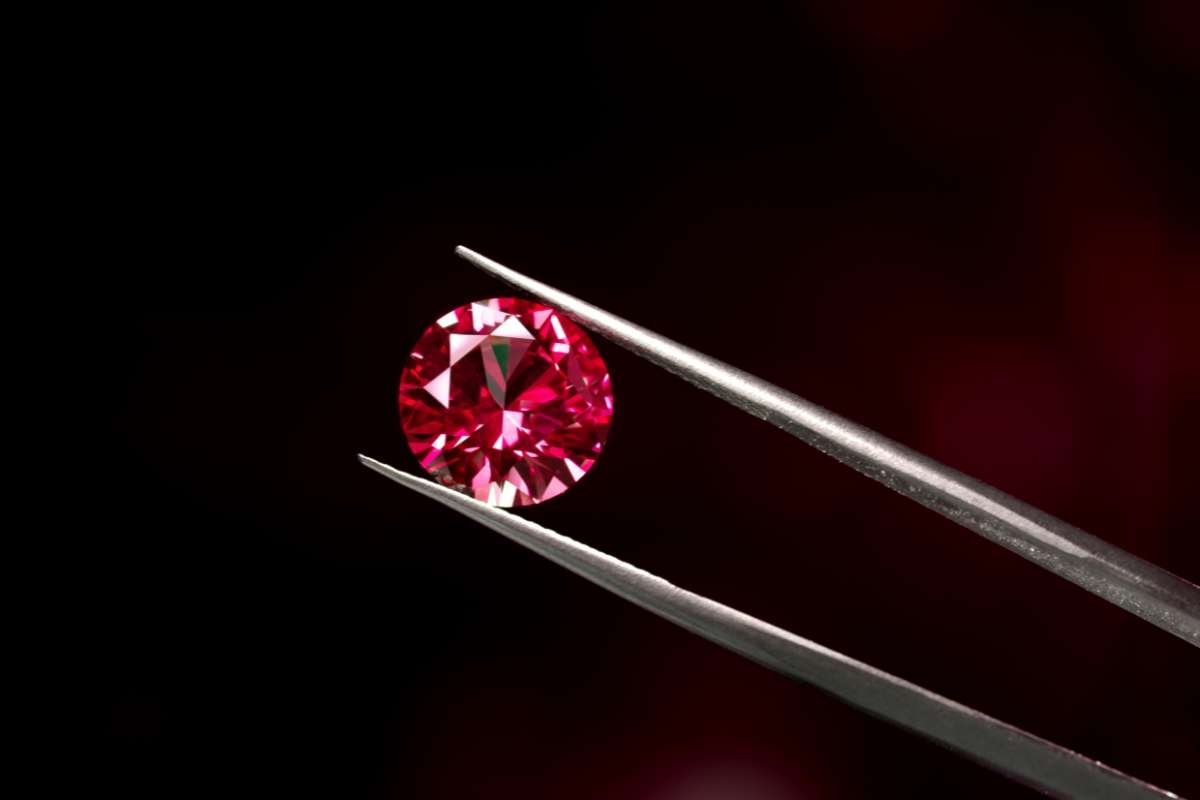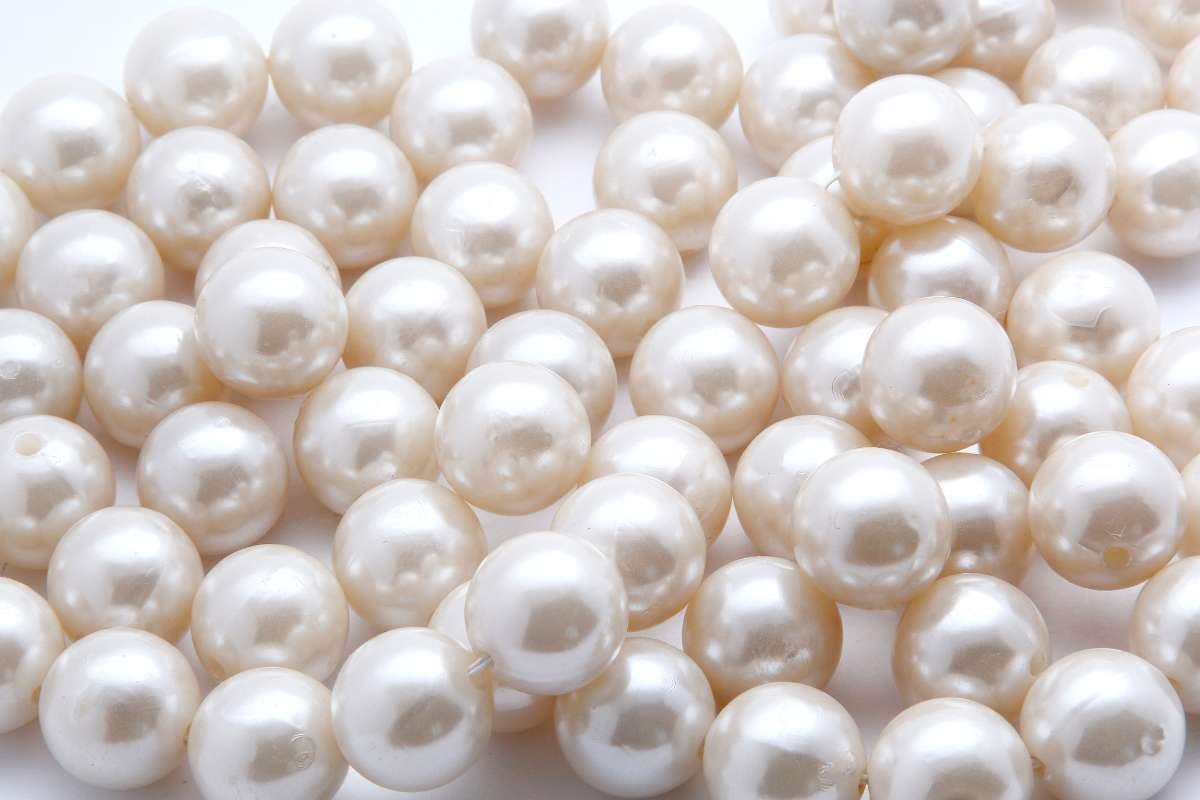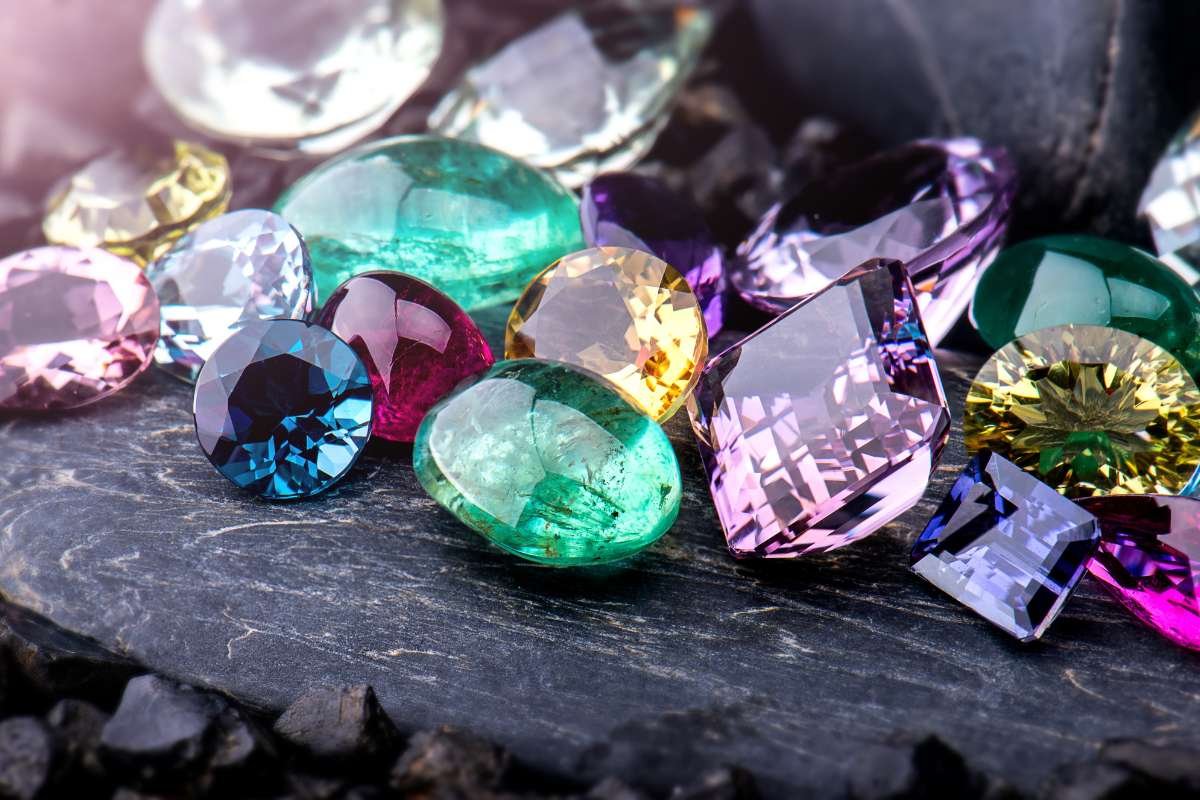The craze for glittering, colorful jewelry has existed since time immemorial. The discovery of jewelry dates back 15,000 years ago. You may have guessed by now that the coveted diamond is the oldest gemstone known to mankind.
Today, we are aware of multiple gems having all kinds of natural origins. These precious gems are often combined with metals like silver and gold to create jewelry pieces. Statista states that China leads the worldwide jewelry market closely followed by America.
With time, man has run his own experiments to replicate the precious stones found in nature. This has undoubtedly been done with the support of advanced technologies. How successful have such attempts been so far? In this article, we will explore whether it is possible to recreate gemstones.
Is Technology Challenging the Gem Mining Industry?
Ever since scientists discovered that diamonds are made of pure carbon, a race to create synthetic ones started. In 1954, the first-ever lab-grown diamond was produced under a project called ‘Superpressure.’
Though the General Electric (GE) scientists were able to recreate gemstones like diamonds using a high-pressure belt, they failed to a certain extent. The diamonds were too small, of low quality, and ideal only for industrial use.
Nevertheless, man was not about to do a one-eighty from here. The quest to understand every kind of gem started. And with it, the desire to replicate them all. As we discuss this in the third decade of the 21st century, almost all gems can be recreated in theory, at least.

The geological processes or organic origins of gems can be ‘replicated’ in most professional laboratories. Let’s clarify that we intend to use the word replicated loosely here. Naturally, gems include unique inclusions due to seeming impurities or minerals.
This will alter or at least affect the physical, optical, and chemical properties of the gems. Moreover, the economic aspect of it can be an issue. Researchers and scientists try to recreate ideal metamorphic conditions for each gem based on an understanding of rocks.
This process comes at a steep cost. In the case of high-value gems, it still makes sense. However, the motivation is far less for other stones.
As of now, we can safely state that replicating many gems exactly as they’re found in nature may not be possible. If the real deal is what people are after, the gem mining industry suffers no threats due to technological disruption.
Differences Abide: How Do Rare Real Gems Differ from Synthetic Counterparts?
Let’s look at how some real gems differ from their synthetic counterparts prepared in controlled lab environments.
1. Rubies

The International Gem Society counts rubies among gems rarer than sparkly diamonds. The rich red color is a hallmark of a ruby’s authenticity. This hue is often compared to ‘pigeon blood red.’ Synthetic rubies may vary largely in color and intensity.
The latter also showcases too many flaws in the form of bubbles when held against a light source. Even if a synthetic ruby may look more or less genuine, one kind that is too difficult to replicate is the rare star ruby.
According to Leibish, this type of ruby stone is translucent to opaque, featuring a star-like appearance or asterism. The shape occurs naturally when tiny fibers of rutile reflect light in a manner that produces star-like rays. In this case, spotting a synthetic star ruby requires looking for signs of perfection.
A natural star ruby generally has one or more of its rays of varying lengths. Plus, when a light source is moved around the stone, the natural star will follow the light’s path. A synthetic star ruby usually has shapely rays that appear almost perfect.
2. Alexandrites
Our next example includes the widely popular alexandrite stone because distinguishing between a real and synthetic one can be tricky. To spot the difference, one needs a discerning eye in terms of the stone’s color change, size, and inclusions.
Naturally, alexandrites with inclusions occur within one carat. Those that are larger are most likely synthetic. Moreover, natural alexandrites tend to lose their color with heat exposure, whereas synthetic ones retain their color.
Furthermore, a natural alexandrite is known to change its color from bluish-green under natural light to purplish red under electric lighting. In contrast, artificial ones undergo a color change from grayish blue to pink.
3. Pearls

Though pearls are not stones that result from metamorphic formations, they are precious gems nonetheless, having organic origins. The natural process of formation inside a mollusk’s shell is quite interesting.
It all starts when a grain of sand or irritant enters the shell of an oyster. In its defense, the mollusk secretes a substance known as nacre that coats the irritant. A pearl is formed gradually when layers of nacre build over each other. It can take anywhere from six months to seven years for this to happen.
Natural pearls are almost always imperfect to look at, having a gritty texture. Synthetic ones appear evenly shaped and extremely smooth to the touch. Let’s mention that pearls are so rare that they can naturally be found in the ratio of 1:10,000 wild oysters.
Most pearls available in the market today are cultured. For this process, irritants are artificially entered into a mollusk’s shell to stimulate the gem’s production. Natural pearls will always vary in color and intensity. Cultured ones will also differ in terms of their overtones. Synthetic ones almost always have the same color and shape.
Both natural and cultured pearls have a vast market that is currently growing at a CAGR of 9.6% till 2030. Whether the process is unregulated or predictable, there is no denying the fact that pearls are extremely beautiful, rare, and valuable.
Overall, technology-induced lab-grown gems may appear appealing from an economic standpoint. They are best suited for those who desire uniformity of beauty at a lesser price. As for technology recreating the real deal, that is still not scientifically possible.
It is still impressive as to what tech disruption has achieved to date. However, the same may trick a layman’s eye, but it will seldom pass that of an experienced gemologist.





